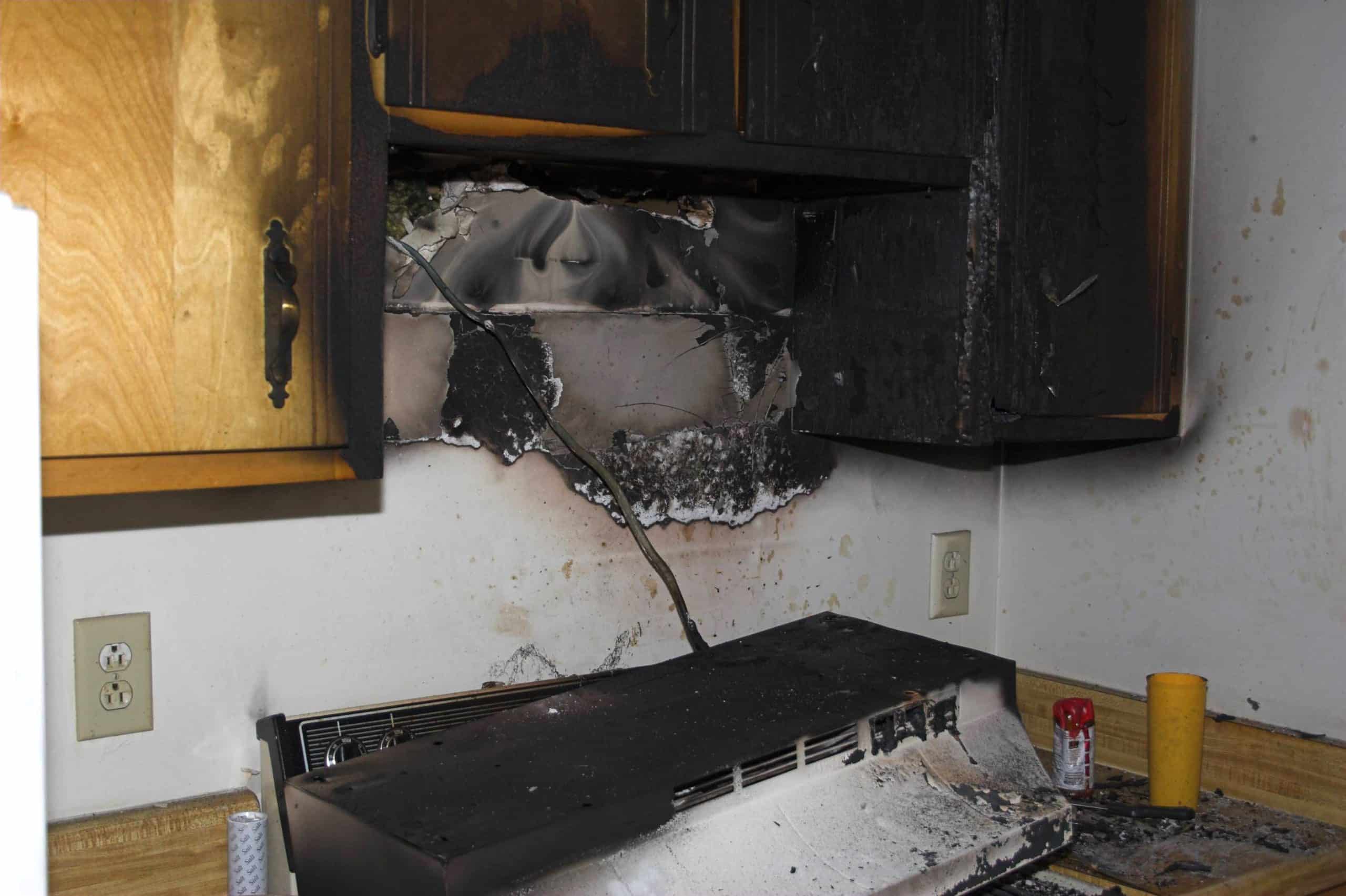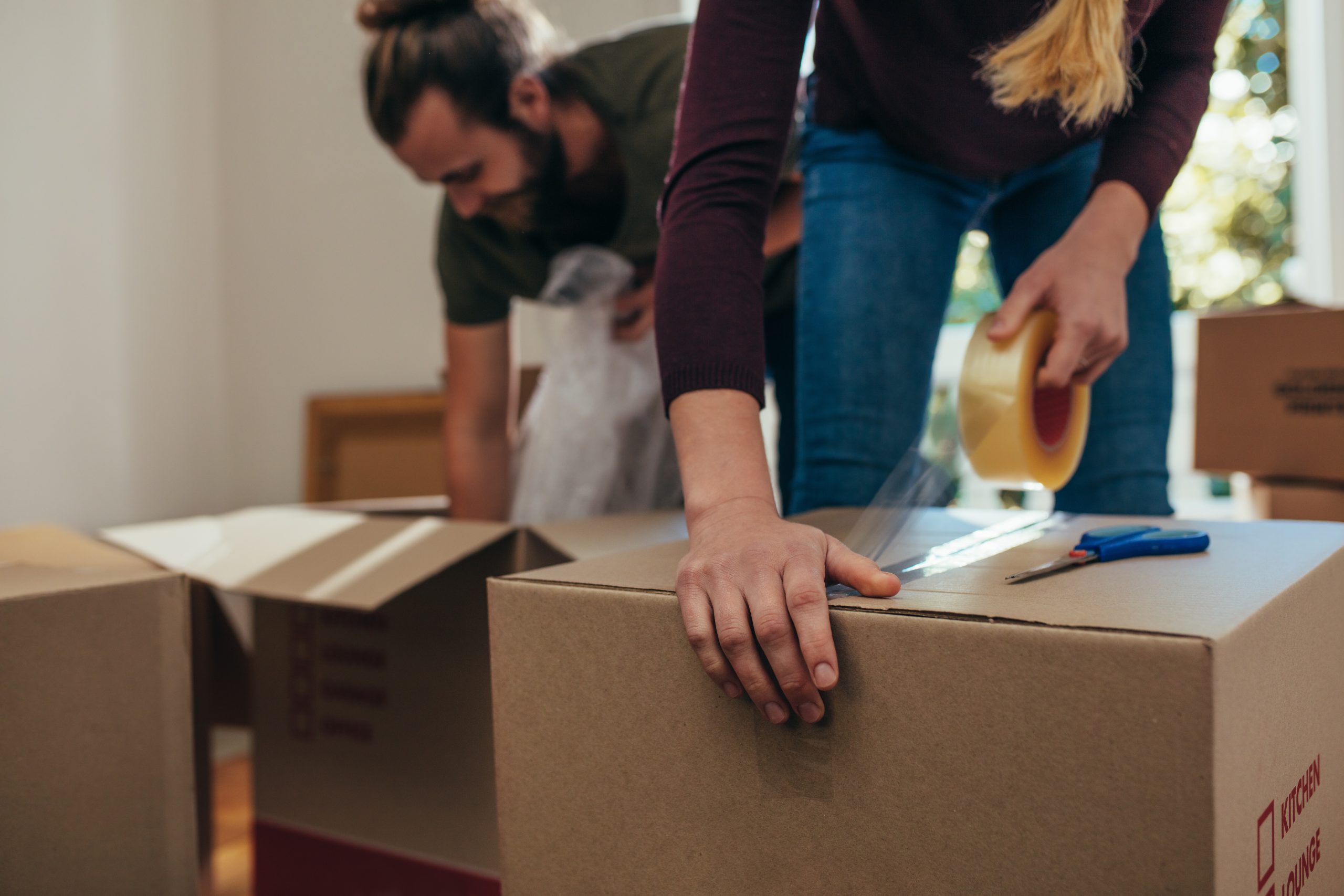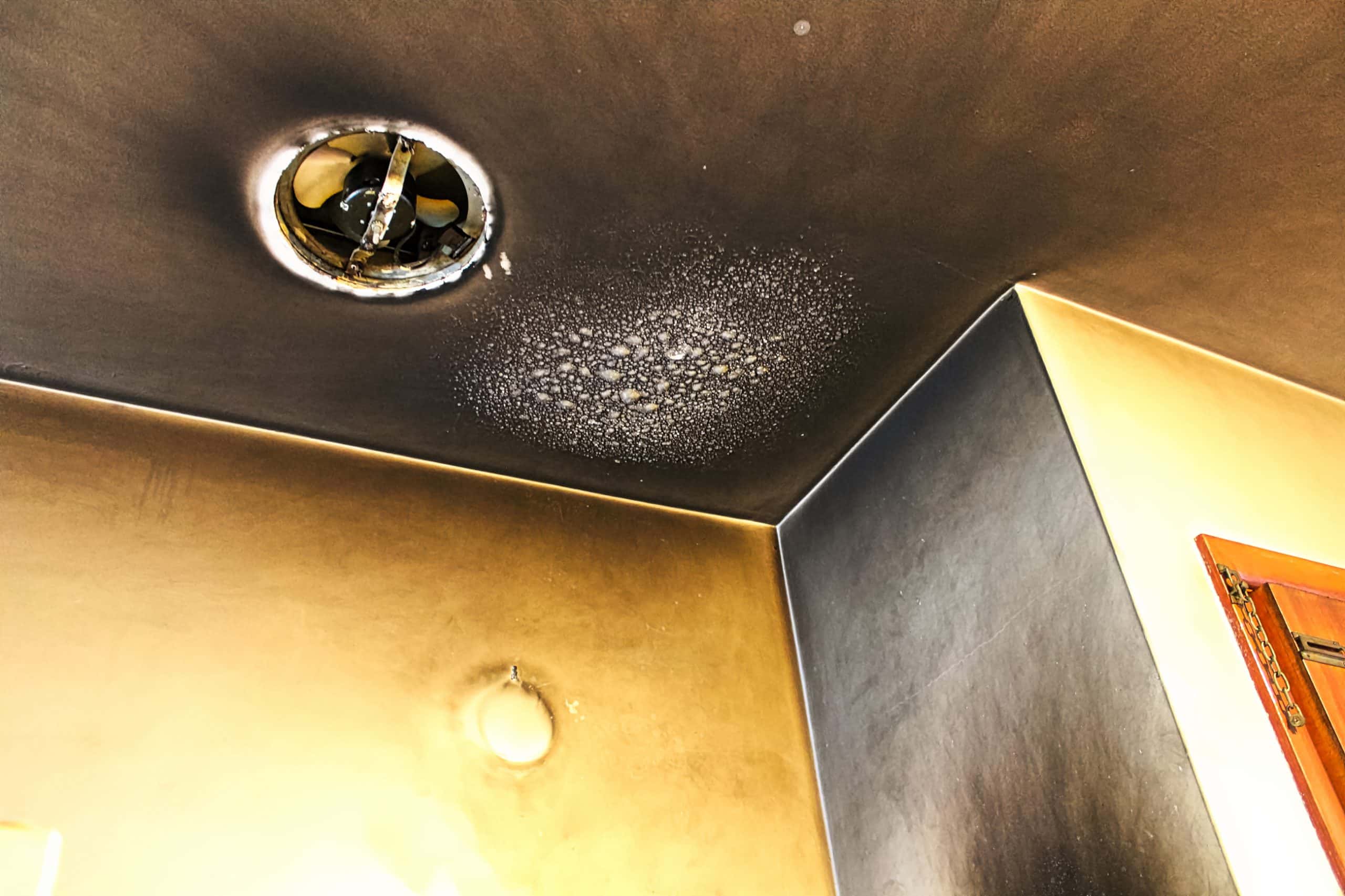After a fire, the first thing most people notice is the black residue coating surfaces,…
Fire Damage Restoration: A Guide for Longmont Property Owners
Why Is Fire Damage Restoration Important for Longmont Property Owners?
Fire damage can be devastating, leaving property owners in Longmont with significant repair and restoration challenges. Fire damage restoration is crucial to return properties to their pre-loss condition, ensuring safety and structural integrity.
What Does Fire Damage Restoration Involve?
Fire damage restoration is a comprehensive process that includes:
- Assessing the extent of the damage.
- Removing debris and damaged materials.
- Cleaning and sanitizing affected areas.
- Repairing and restoring the structure and contents.
Steps in Fire Damage Restoration
- Initial Assessment and Inspection
- The first step in fire damage restoration is a thorough assessment of the property. Professionals will evaluate the extent of the damage, including structural issues and the presence of soot and smoke residue.
- Securing the Property
- To prevent further damage, it’s essential to secure the property. This may involve boarding up windows and doors, covering damaged roofs, and ensuring that the structure is safe for entry.
- Debris Removal and Cleanup
- Removing debris and cleaning up the affected areas is crucial. This includes removing charred materials, soot, and any standing water used to extinguish the fire. Specialized equipment and techniques are used to clean surfaces and air ducts.
- Smoke and Soot Removal
- Smoke and soot can cause ongoing damage if not addressed promptly. Professionals use specialized cleaning agents and equipment to remove these residues from walls, ceilings, and other surfaces.
- Odor Removal
- Smoke odors can linger long after the fire is out. Odor removal techniques, such as thermal fogging and ozone treatment, are used to eliminate these smells and restore indoor air quality.
- Repair and Restoration
- The final step is repairing and restoring the property. This can involve rebuilding damaged structures, replacing electrical and plumbing systems, and refinishing surfaces. The goal is to return the property to its pre-loss condition.
Best Practices for Fire Damage Restoration
- Hire Professional Services: Fire damage restoration requires expertise and specialized equipment. Hiring a professional service ensures that the job is done correctly and safely.
- Act Quickly: The sooner you start the restoration process, the better. Quick action can prevent further damage and reduce repair costs.
- Document the Damage: Take photos and keep records of the damage for insurance purposes. This documentation can help expedite the claims process.
Conclusion
Fire damage restoration is a critical process for Longmont property owners facing the aftermath of a fire. Following the proper steps and best practices, you can restore your property to its pre-loss condition and ensure a safe environment. Hiring a professional fire damage restoration service is essential for effective and efficient recovery.



